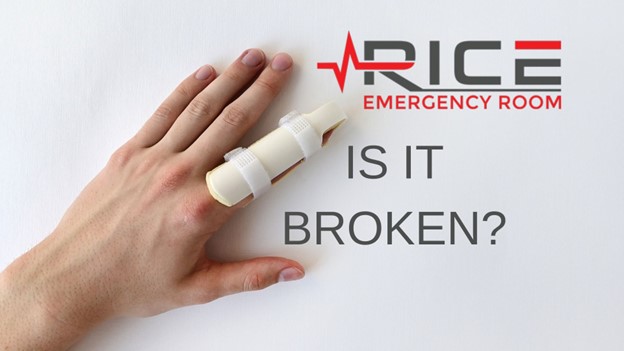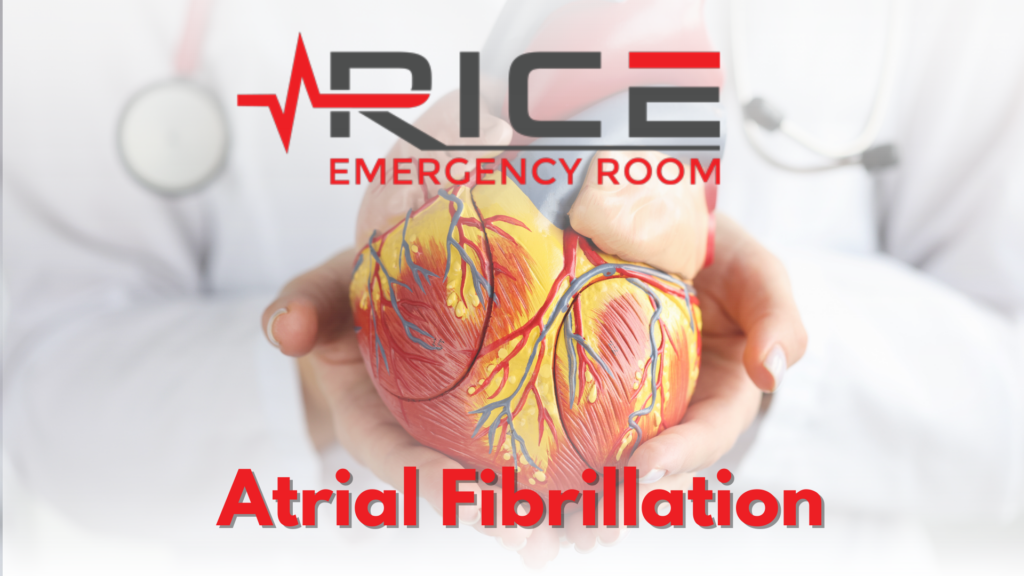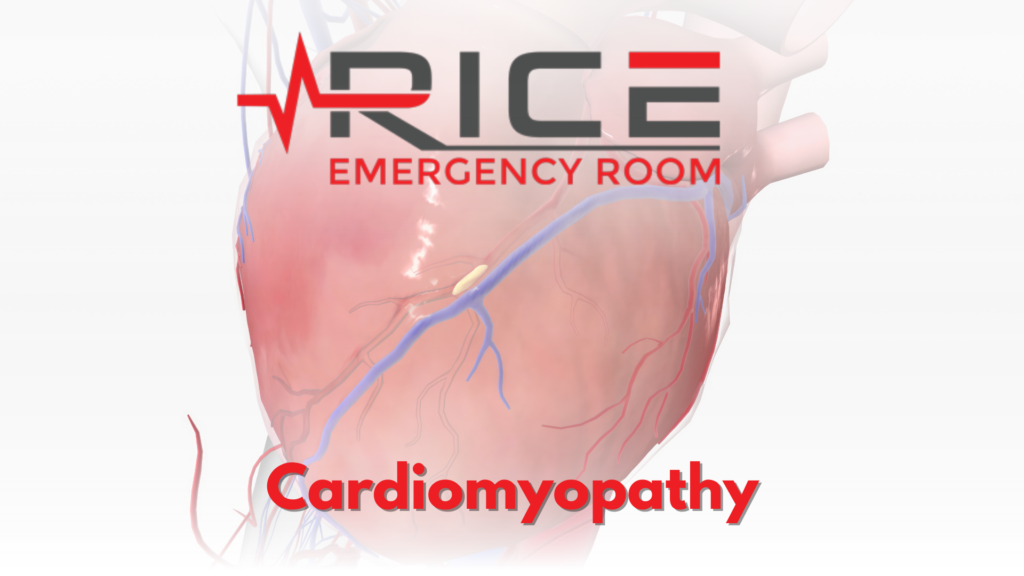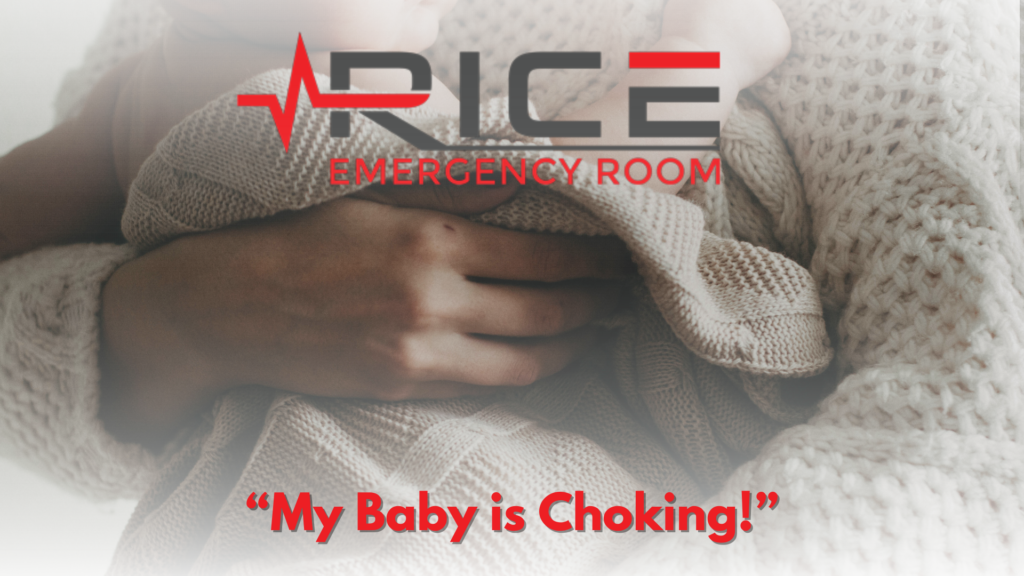Sprain or Broken Finger?
A sprain or broken finger can be hard to deal with, especially those of us who use our fingers for working on a computer. Our fingers are an essential part of our daily lives, allowing us to engage with the world in various ways. Although they are often exposed to multiple stresses and strains, it is still possible to take good care of them and prevent injuries from occurring. If damage occurs, it is essential to address it promptly and effectively to avoid long-term complications.
From minor bruises and contusions to more severe fractures, fingers are the most commonly injured part of the hand. It is also possible to sustain injuries to the knuckles, which are the joints formed by the bones of the fingers. By taking proper care of our fingers, we can continue to use them to their full potential.
A broken finger involves a fracture or break in one of the bones in the finger. At the same time, a sprain occurs when a ligament, the tissue that connects bones, is stretched or torn. Both injuries can be painful and hinder daily activities, but they require different types of treatment. It’s essential to accurately identify which kind of injury you have to care for it and heal properly. Let us dive into the differences between these two common injuries and how to identify and treat them. We will also look at the symptoms, causes, and treatment options for broken fingers and sprains. (Cleveland Clinic)
Finger Fractures and Sprains – Causes
Finger fractures are often the result of injuries sustained in everyday life. There are a variety of common scenarios that may lead to a broken finger, including:
- Being struck by a fast-moving object, such as a baseball
- Using the hand to break a fall
- Accidentally trapping the finger in a door or drawer
- Trauma sustained in a car accident or other impact event
- Using tools such as drills, power saws, or hammers
It is essential to be mindful of these potential hazards and take appropriate precautions to protect the fingers.
A sprained finger is typically caused by an injury that bends the finger in an unnatural way, such as hyperextension. This injury is often sustained during sporting activities but may also result from falls or accidents. Those with weaker ligaments or coordination issues may be more prone to sprained fingers.
The symptoms of a sprained finger may include pain when attempting to move the affected joint, stiffness in the finger, swelling, and tenderness in the joint. It is essential to seek medical attention if you suspect you have sustained a sprained finger to receive proper treatment and facilitate true healing. (WebMD)
How to Treat a Broken Finger
Treatment for a broken finger will depend on the location and severity of the fracture, as well as the stability of the injury. In the case of a stable fracture, a splint or tape may be used to keep the finger straight and protected while it heals. This splint will typically be worn for three to four weeks. After that, the individual should avoid strenuous activity for an additional two weeks. Physical therapy may be recommended to help regain motion in the finger.
A splint may be used for unstable fractures to immobilize the finger after aligning the fracture fragments. This procedure is usually performed under local anesthesia, with a numbing solution injected into the nerves at the finger’s base. It is essential to follow the treatment plan prescribed by a healthcare provider to facilitate proper healing and avoid complications. (Cleveland Clinic)
How to Treat a Sprained Finger
You can often treat a mild sprain at home using over-the-counter pain medication and the RICE method: Rest, Ice, Compression, and Elevation. Rest the injured finger, apply ice for 15 to 20 minutes, wrap an elastic bandage around the joint, and elevate the hand to reduce swelling, especially in the first few days after the injury. These steps can help reduce pain and swelling and promote healing. It is also a good idea to avoid the activity that caused the sprain while your finger heals. If your symptoms do not improve or worsen, you must see a healthcare provider for further treatment.
A broken finger may involve a deformity or visible break in the bone. In contrast, a sprain typically includes swelling and tenderness around the joint. To receive a proper diagnosis and treatment plan, it is essential to seek medical attention if you suspect you have either of these injuries.
On Site Radiology and Pharmacy
Rice Emergency Room has 24/7 Radiology with X-Rays and fast results. Our goal at Rice Emergency Room is to see you fast, get your suspected break x-rayed quickly, diagnosed and treated in less than an hour. Our on-site pharmacy will facilitate getting you your first doses of prescribed medication so you can avoid a pharmacy wait and be on your way with your pain in check.
Works Cited
Cleveland Clinic. “Broken Finger (Finger Fracture): Symptoms, Diagnosis & Treatment.” Cleveland Clinic,
my.clevelandclinic.org/health/diseases/21784-broken-finger.
Cleveland Clinic. “Sprained Finger: Symptoms, Causes and Treatment.” Cleveland Clinic,
WebMD. “Broken Finger.” WebMD, WebMD,




